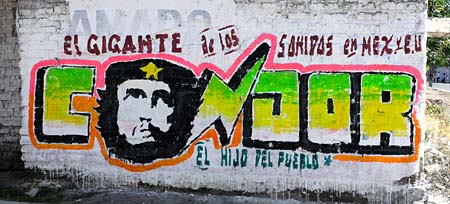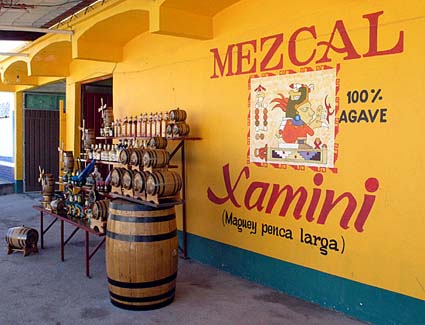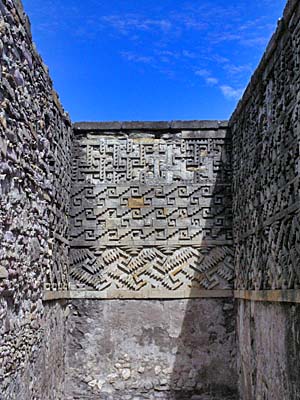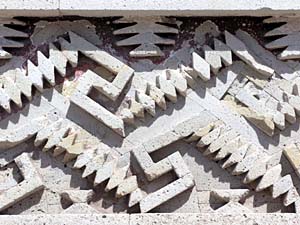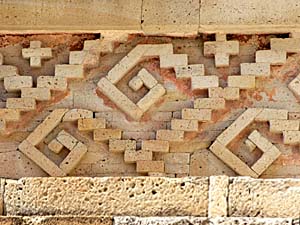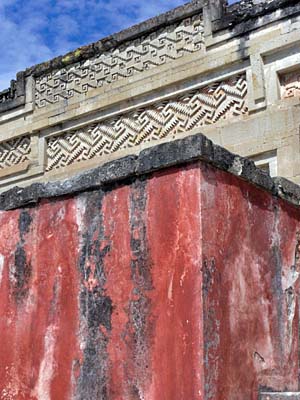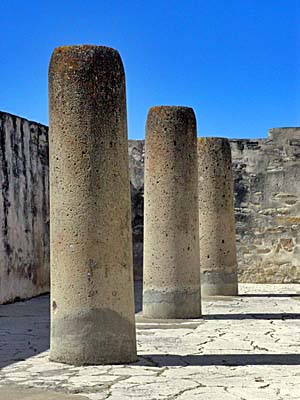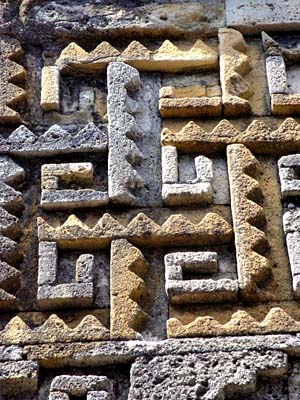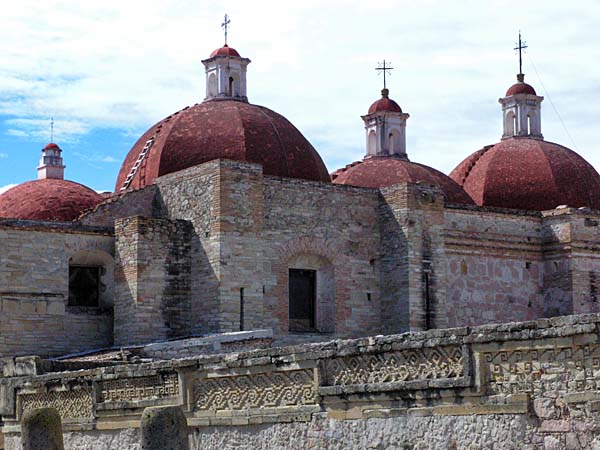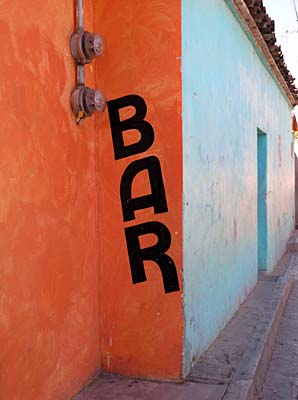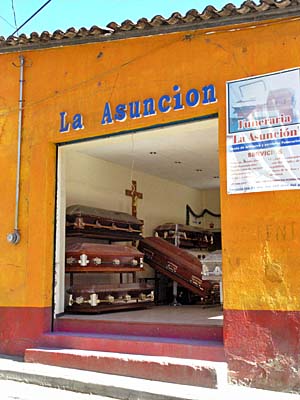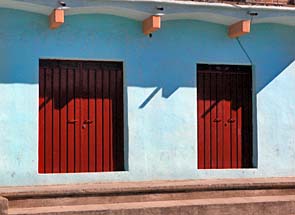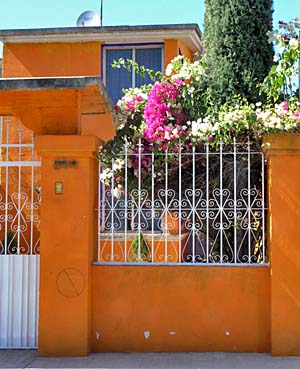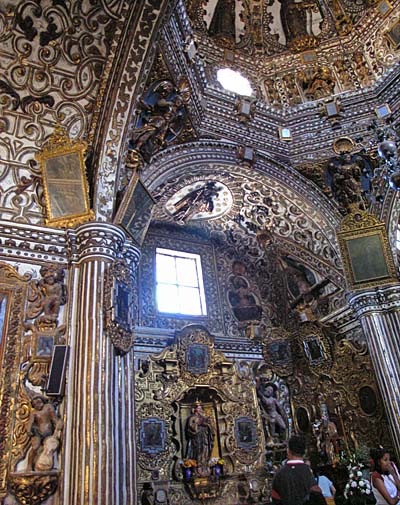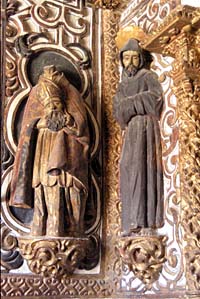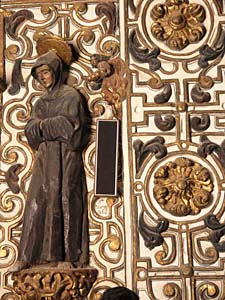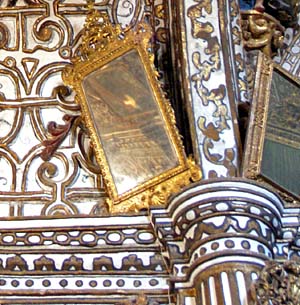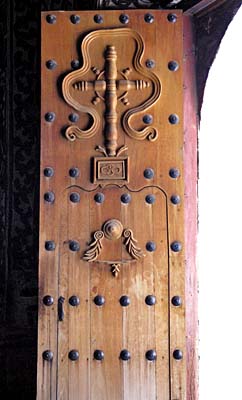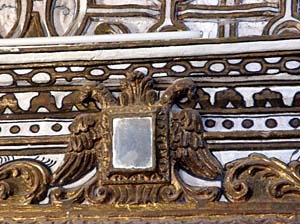|
THE
BEST MEAL OF THE TRIP!
Tonight Peter and
Shirley are joining us again and we want a festive, farewell dinner for
all nine of us. We thought we'd return to El Vascador in the zocalo, but
there is no chance of a table. It is completely packed and so are our
next 3 choices. We were careful to make reservations for Christmas Eve
and Christmas Day, but we never expected a problem on December 26.
By this time it is
getting late, we have walked down to the zocalo, back to Santo
Domingo, and beyond. We are tired, hungry, and feeling that our last evening
is going to be a real fiasco, when we pass La Pergola.
Past the gauzy white
curtains which screen the entry, we can see candles glowing on white linen-draped
tables. What we do not see is a single customer inside --is it an enchanted
restaurant, materializing just for us in our hour of need? Is it even
open? Yes, and we decide to take our chances.
We are shown to our
table by the owner, a handsome young German, who tells us La Pergola has
only been open three months. Tonight, he helps his two cooks to prepare
a feast for us. Even though the food is French, not Mexican, I must proclaim
this the best meal we had in Oaxaca. All nine of us agree that the food
is absolutely wonderful. My steak in green peppercorn sauce is tender
and tasty, and the crème brulee may be the best I've ever tasted
in my life.
|
